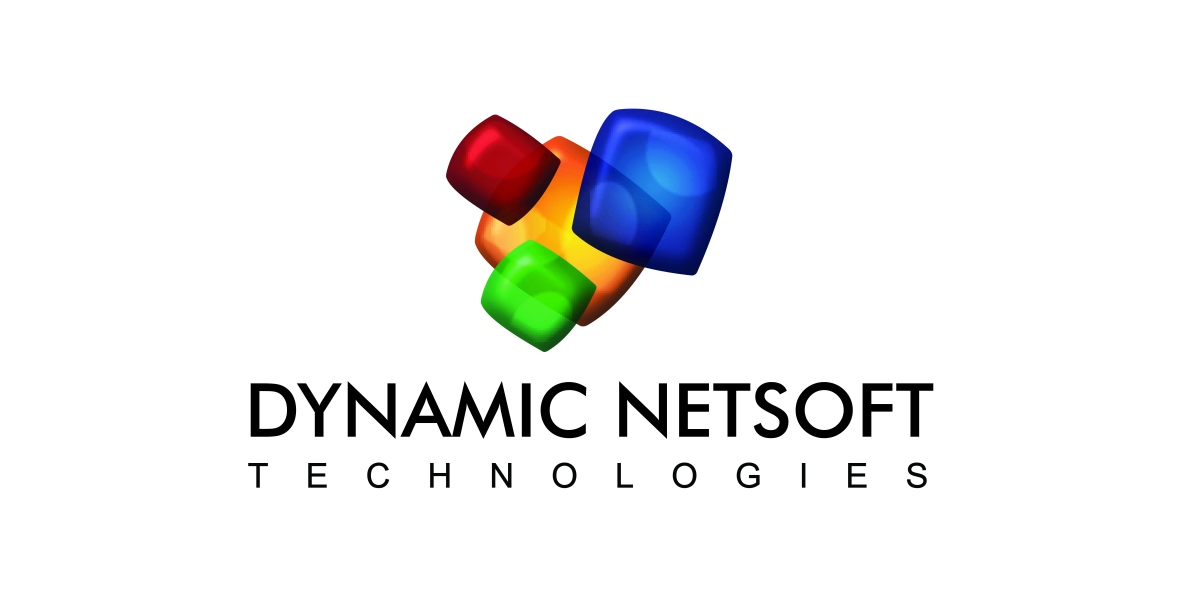Why Upgrade from AX 2012 to D365 F&O?
End of Support: Microsoft has ended mainstream support for AX 2012, making security and compliance challenging.
Cloud Advantages: D365 F&O leverages Microsoft Azure, providing improved performance, security, and automatic updates.
Enhanced Functionality: Improved AI-driven analytics, automation, and integration with Power Platform and Microsoft 365.
Scalability & Performance: Cloud infrastructure ensures higher availability, disaster recovery, and reduced hardware dependency.
Lower TCO (Total Cost of Ownership): Eliminates on-premises maintenance costs and ensures future-proof ERP solutions.
Pre-Upgrade Assessment & Planning
1. Assess Your Current AX 2012 Environment
Identify existing modules, customizations, and integrations.
Analyze data size, dependencies, and security settings.
Evaluate performance bottlenecks and pain points.
2. Define Upgrade Goals & Strategy
Choose between:
In-place Upgrade (for AX 2012 R3 CU8 and later)
Reimplementation (Fresh Start) for highly customized AX instances.
Data Migration Only for select historical data.
Align upgrade objectives with business needs and regulatory compliance.
Step-by-Step AX 2012 to D365 F&O Upgrade Process
1. Infrastructure Readiness
Prepare Microsoft Azure subscription for deployment.
Validate licensing requirements.
Set up Dev, Test, and Production environments in LCS (Lifecycle Services).
2. Code Upgrade & Customization Analysis
Use Microsoft Code Upgrade Tool to analyze customizations.
Convert X++ code from AX 2012 to D365 F&O extensions.
Refactor obsolete features and dependencies.
3. Data Migration & Validation
Utilize Data Migration Framework (DMF) for structured data transfer.
Archive unnecessary historical data to optimize performance.
Validate migrated data integrity using automated scripts.
4. Integration & Testing
Reintegrate third-party applications (e.g., CRM, WMS, BI tools).
Conduct unit testing, UAT (User Acceptance Testing), and performance tests.
Validate security roles and compliance requirements.
5. Training & Change Management
Provide hands-on training for end-users and IT teams.
Leverage Microsoft Learn & D365 documentation for self-paced training.
Develop a knowledge base for internal support teams.
6. Go-Live & Post-Upgrade Support
Implement a phased go-live approach to minimize disruptions.
Monitor system performance and user adoption.
Establish a support model for continuous updates and enhancements.
Key Challenges & Best Practices
Common Challenges
Managing legacy customizations & integrations.
Ensuring data accuracy & compliance.
User resistance to new workflows.
Best Practices for a Successful Upgrade
Early stakeholder involvement to align business needs.
Use LCS tools for environment monitoring & issue resolution.
Automate testing to reduce manual efforts.
Leverage Microsoft support & partners for smoother transition.
Conclusion
Upgrading from AX 2012 to Dynamics 365 F&O in 2025 is a critical step for businesses aiming to stay competitive. By following this structured upgrade approach, organizations can ensure a seamless transition with minimal disruption and maximize the benefits of cloud ERP solutions.
For expert guidance on AX to D365 F&O upgrades, visit Dnetsoft.








